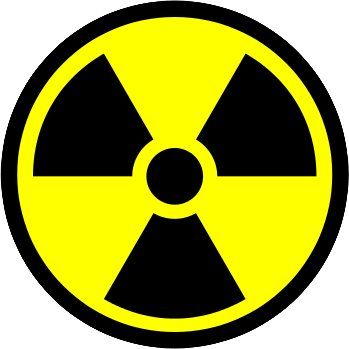No single technology with improved portability and mobility can reliably and accurately assess threats by cost-effectively detecting masked and shielded materials. The
SCINTILLA (Scintillation detectors and new technologies for nuclear security) project developed a toolbox for detection solutions.
The toolbox includes new and improved technologies for identifying difficult-to-detect radioactive sources and nuclear materials, together with guidelines for using these technologies. In this way, it targets minimised use or dissemination of these sources and materials within the population.
The aim of the toolbox is to overcome the individual limitations of each technology by combining their complementary capabilities. The use of scintillation materials that exhibit fluorescence when excited by ionising radiation removed the need for helium-3. Helium-3 is the principle material in radiation portal monitors (RPMs) that are now nearly unavailable worldwide.
Scientists defined a broad range of use case studies. These included automatic screening of moving targets such as people, cars and trucks, the inspection of large containers as well as the detection of radioactive sources in bombs. Special attention was given to the management of crowds and public spaces where SCINTILLA now proposes a miniature communication device for use by first responders in bomb detection.
In addition, researchers focused on technical criteria such as detection range, operating temperature, sensitivity and type of analysed target. They also discriminated between neutron and gamma radiation, worked on minimisation of false alarms, and assessed the developed technologies with respect to practical criteria such as portability and cost.
Researchers specified all use case studies and requirements and assessed technologies for the vehicle and people control RPMs under real-life conditions. They also tested a communication protocol that integrated the detectors and detection system into subsystems.
A SCINTILLA Partnership Network was created for end users, technology providers and scientists concerned with shielded nuclear material identification and detection. Work on the SCINTILLA project will ensure that Europe stays at the forefront of this area, which is critical to its security and the safety of its citizens.
